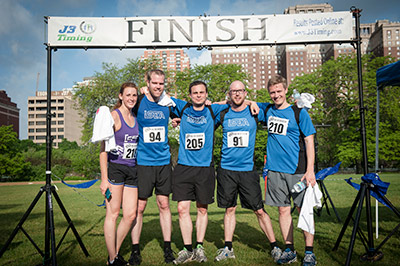
Free the Science 5K at the 227th ECS Meeting in Chicago.
Start jogging now, because this May the Free the Science 5K returns to the ECS biannual meeting. Join us in San Diego on Tuesday, May 31st at 0700h for a refreshing morning run in support of ECS’s Free the Science initiative.
Free the Science reflects ECS’s bold commitment to advancing and openly sharing scientific research. In light of the importance of our fields to global progress and sustainability, we want to publish the best research in electrochemistry and solid state science at no charge to authors, and make it freely available to all readers.
You can help us reach this goal by running to Free the Science. All profits from the 5K will go toward making the Free the Science vision a reality. To join the race, simply add a ticket to your meeting registration or visit the customer service counter at the meeting. Early-bird registration for the race is $30; onsite is $35. And don’t forget to invite your local friends—the race is open to the public!
Rather sleep in on Tuesday? You can still support Free the Science in many ways, including donating or choosing to publish open access. Learn more about Free the Science.
Come out and join us on Tuesday morning—get charged up with a run through the beautiful San Diego waterfront and show your support for open science.


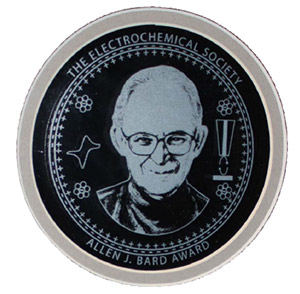 The Electrochemical Society founded the
The Electrochemical Society founded the 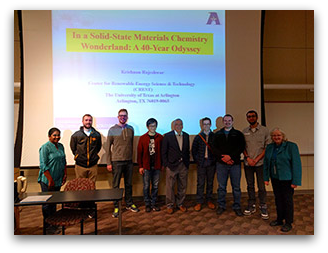 ECS senior vice president and professor at the University of Texas at Arlington,
ECS senior vice president and professor at the University of Texas at Arlington, 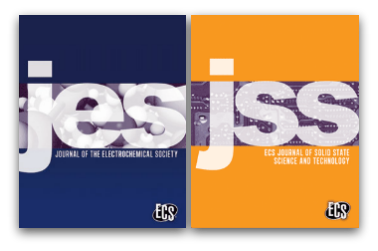 In an effort to more quickly disseminate breakthrough research and bolster the scientific discovery process, ECS has established
In an effort to more quickly disseminate breakthrough research and bolster the scientific discovery process, ECS has established 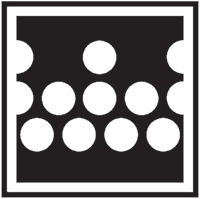 ECS recognizes outstanding technical achievements in electrochemistry and solid state science and technology through its Honors & Awards program. There are many deserving members of the Electrodeposition Division among us and this is an opportunity to highlight their contributions.
ECS recognizes outstanding technical achievements in electrochemistry and solid state science and technology through its Honors & Awards program. There are many deserving members of the Electrodeposition Division among us and this is an opportunity to highlight their contributions.